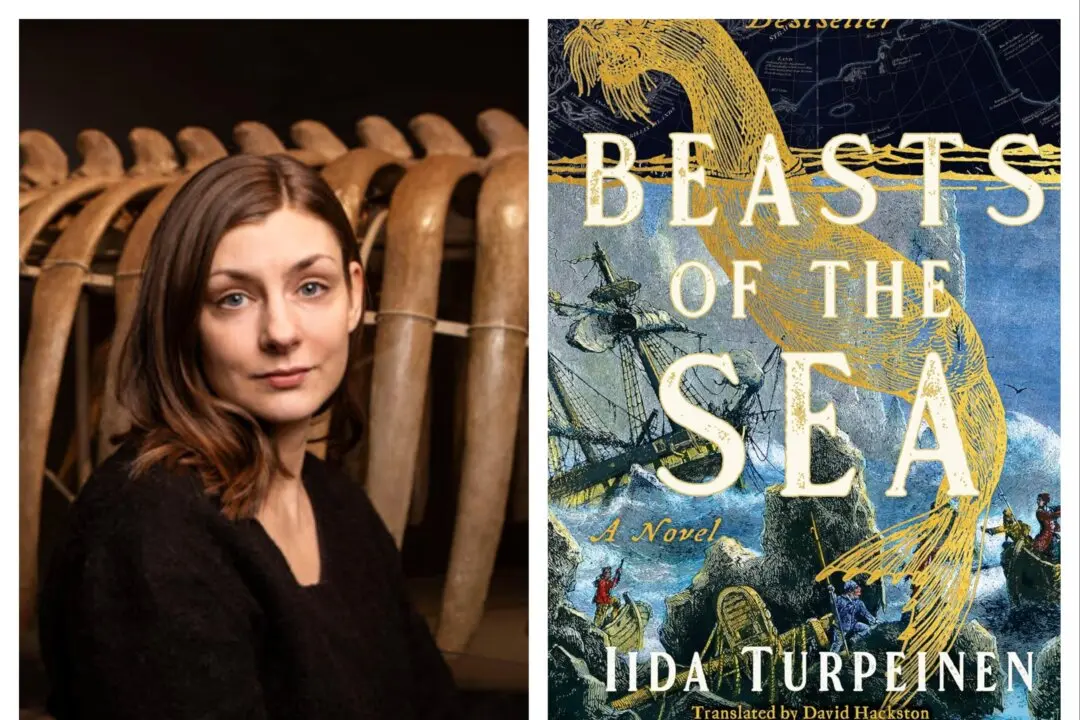After 25 films, certain settings are familiar in the James Bond franchise: trains, snowy mountains, clear blue water, and casinos. Among the countless exciting moments in Bond films—from the action sequences to beautiful cars and Bond’s girls—the scenery is element that fans look forward to in any upcoming Bond movie. For Bond fans and travel enthusiasts, the new book, “James Bond Destinations,” is to die for (figuratively, of course).

The view of James Bond's ancestral home is ominous, in "Skyfall." IMDb






